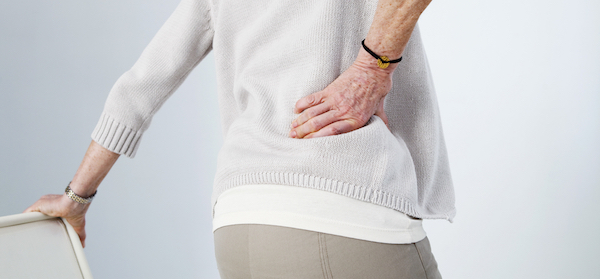According to recent research published in the January 2016 issue of the JAMA Internal Medicine journal, education alone, shoe insoles, back-support belts and other devices aimed at preventing lower back pain may not work. Instead, exercise was found to be the single most effective measure.
The study found that exercise alone could reduce a person’s risk of lower back pain by 35 per cent, as well as reduce the sick days taken from work (specifically due to lower back pain) by 78 per cent over one year. And people who partook in an exercise program along with education were 45 percent less likely to have lower back pain over one year, compared with people who were not involved in either the exercise-only or exercise and education programs.
So what type of exercise works? While the length of exercise sessions varied, it was found that participants who benefited were the ones who usually did two to three group sessions per week with supervised instruction, and then practiced the exercises at home. The duration of the exercise programs varied anywhere from eight weeks to 18 months.
However, the benefit of this exercise only lasted for up to a year. To have a lasting effect in preventing back pain, the researchers recommend undertaking an ongoing exercise program.
This research gives strong cause for doctors to prescribe formal exercise for preventing lower back pain.
Read more at LiveScience.
Are these results a surprise to you? Have you ever noticed that exercise helps to prevent your lower back pain? What has been your experience?

